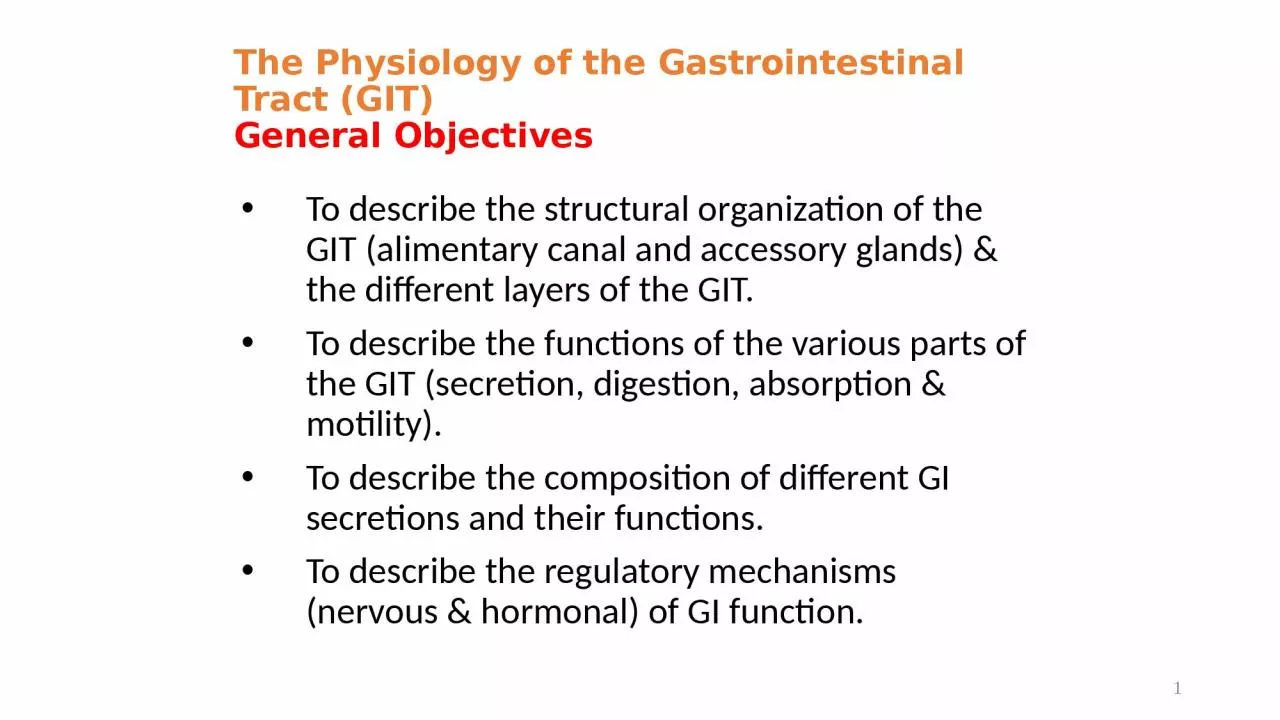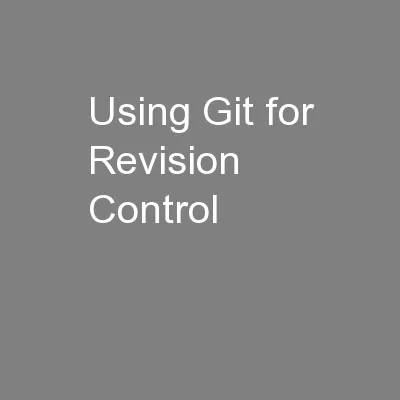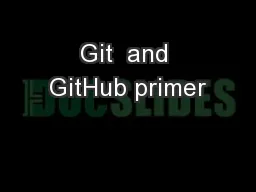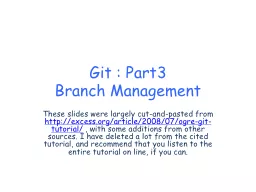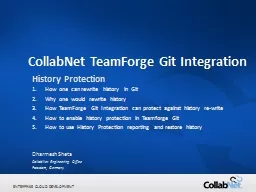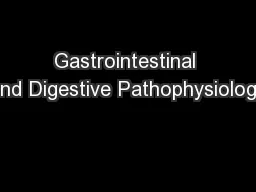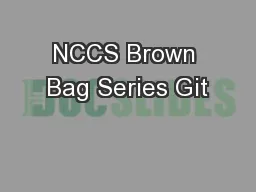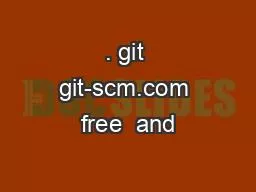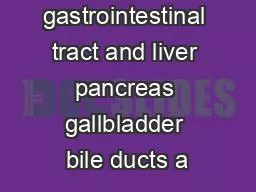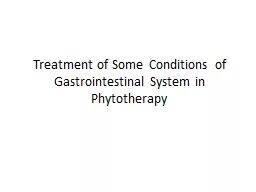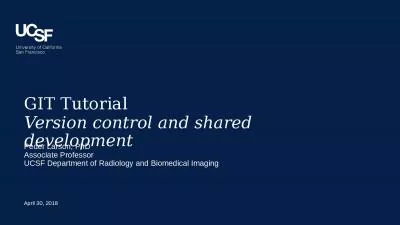PPT-1 The Physiology of the Gastrointestinal Tract (GIT)
Author : evelyn | Published Date : 2023-11-17
General Objectives To describe the structural organization of the GIT alimentary canal and accessory glands amp the different layers of the GIT To describe the functions
Presentation Embed Code
Download Presentation
Download Presentation The PPT/PDF document "1 The Physiology of the Gastrointestinal..." is the property of its rightful owner. Permission is granted to download and print the materials on this website for personal, non-commercial use only, and to display it on your personal computer provided you do not modify the materials and that you retain all copyright notices contained in the materials. By downloading content from our website, you accept the terms of this agreement.
1 The Physiology of the Gastrointestinal Tract (GIT): Transcript
Download Rules Of Document
"1 The Physiology of the Gastrointestinal Tract (GIT)"The content belongs to its owner. You may download and print it for personal use, without modification, and keep all copyright notices. By downloading, you agree to these terms.
Related Documents

